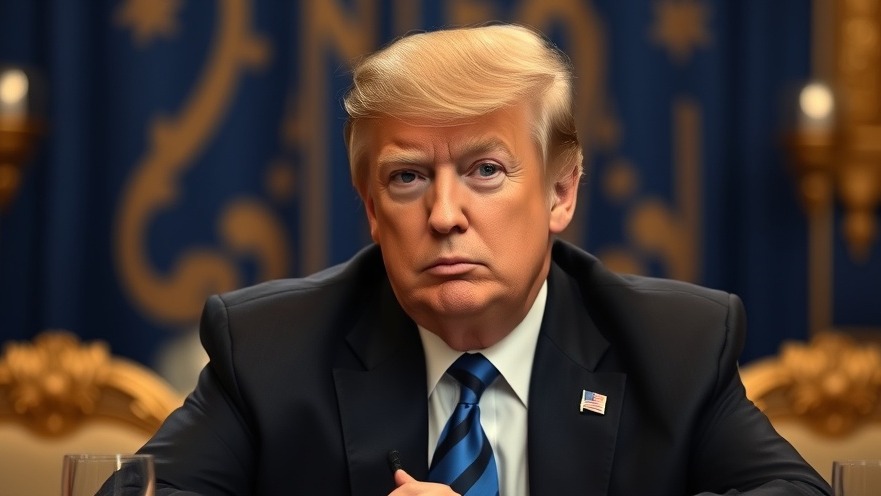
Understanding Economic Growth: The Case for Trump's Economic Bill
The skepticism surrounding the Congressional Budget Office (CBO) forecasts has become a familiar theme in economic discussions, particularly regarding President Donald Trump’s economic initiatives. Advocates argue that the CBO tends to overlook the effects of dynamic economic growth and the additional tax revenues generated through policies like tariffs. According to these proponents, Trump's latest economic policies are poised to generate substantial surpluses rather than the projected deficits put forth by the CBO.
Unpacking CBO Projections: Why Are They Underestimated?
Critics of the CBO contend that its analyses are often static, neglecting the broader fiscal impacts of economic stimulus measures. Dynamic scoring methods that factor in behavioral changes from the population could yield different predictions. For instance, by promoting policies that spur job creation and economic activity, the bill could generate enough growth to significantly boost annual revenues through taxation. A recent update to the CBO model demonstrates just how those revenue forecasts could be revised, revealing potential windfalls stemming from both economic growth and increased tariff collections.
Dynamic Scoring: A Powerful Tool for Economic Forecasting
Dynamic scoring is a technique that attempts to account for how changes in fiscal policy affect the economy in real time. For Trump’s economic bill, adopting this modeling could lead to more optimistic assessments about its actual financial impact. For instance, when initial projections include long-term growth factors, the potential for budgetary surpluses becomes much more tangible.
Real-World Outcomes: Lessons from Past Policies
Historical data from the tax reforms implemented in the 1980s and early 2000s show that aggressive cuts combined with deregulation often spurred economic growth beyond initial expectations. Economists argue that every time similar tax reforms are attempted, revenue predictions based on simple projections fail to capture the responsiveness of the economy. Applying lessons from the past provides a framework for understanding how Trump’s policies might similarly create unexpected surpluses.
The Tariff Revenue Factor: More Than Just a Budgetary Tool
Tariff revenues are often deemed a contentious aspect of Trump’s economic strategies, but they play a crucial role in budgetary considerations. The recent boom in domestic industries thanks to several tariff implementations could lead to unexpected streams of revenue. Arguments for fostering American manufacturing through tariffs underscore that these measures serve dual purposes: protecting domestic jobs while providing essential funding for governmental functions.
Opposing Views: What Critics Say
Despite optimistic projections, critics warn against overreliance on speculative economic growth. They advocate for a cautious approach, arguing that underestimating short-term fiscal risks posed by increased spending and high tariffs could yield damaging consequences. The debate continues over whether a surplus can realistically emerge from an environment of high national debt and critical global economic uncertainty.
Future Predictions: What’s Next for Trump's Economic Policy?
The call for a reassessment of budgetary forecasts is growing louder as advocates of Trump's economic policy press for recognition of potential surpluses. If economic indicators reflect growth after the implementation of this bill, it could not only bolster Trump's legacy but also reshape national attitudes towards fiscal conservatism.
Take Action: Informed Engagement with Economic Policies
As members of the public, understanding the nuances of governmental economic policies empowers citizens to engage in meaningful discussions about the direction of our national economy. Informed opinions can influence legislative priorities and community actions. Exploring these policies in-depth allows individuals to advocate effectively for their financial well-being.
 Add Element
Add Element  Add Row
Add Row 



 Add Row
Add Row  Add
Add 


Write A Comment